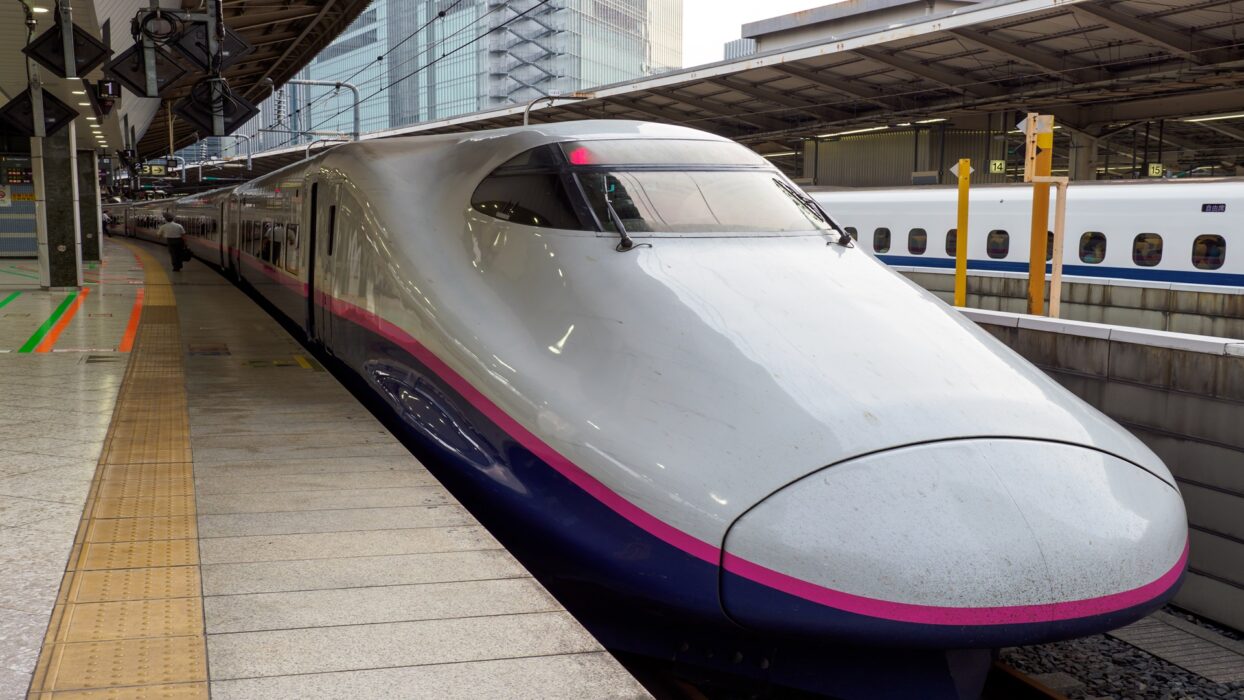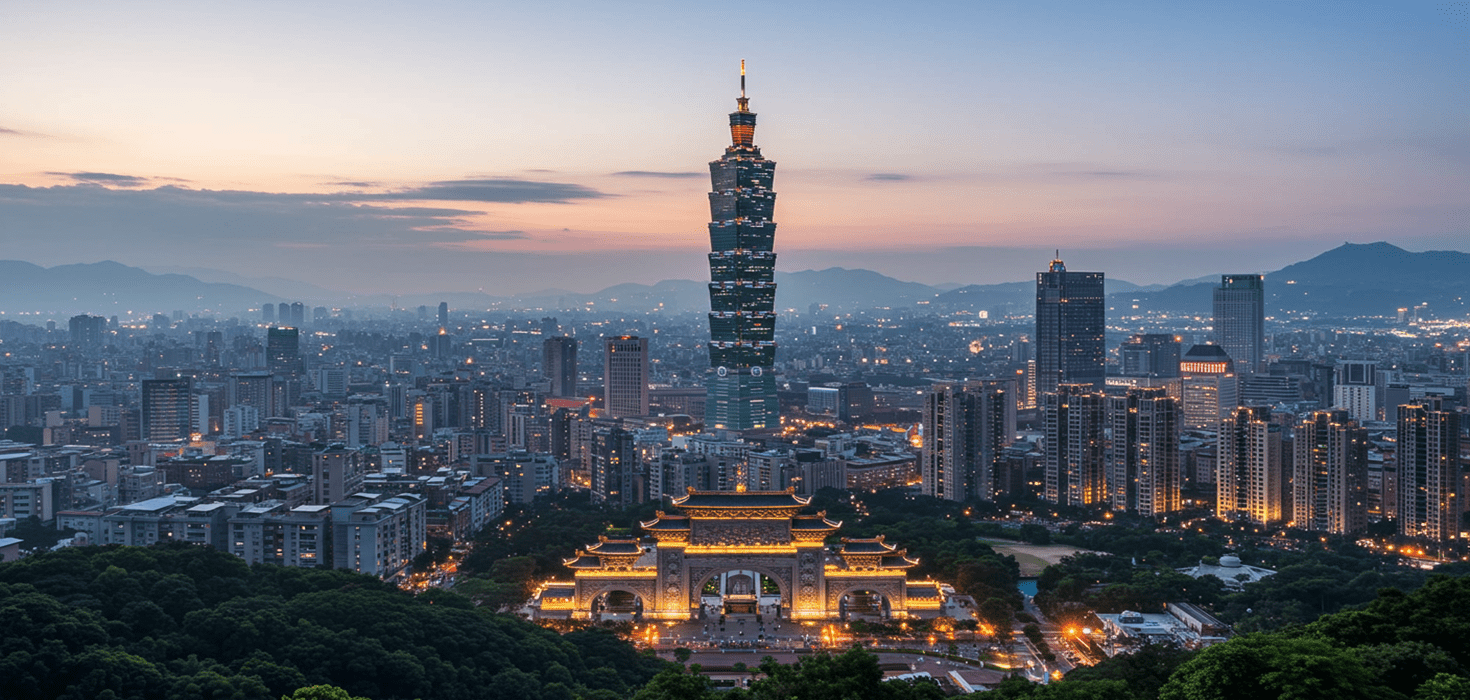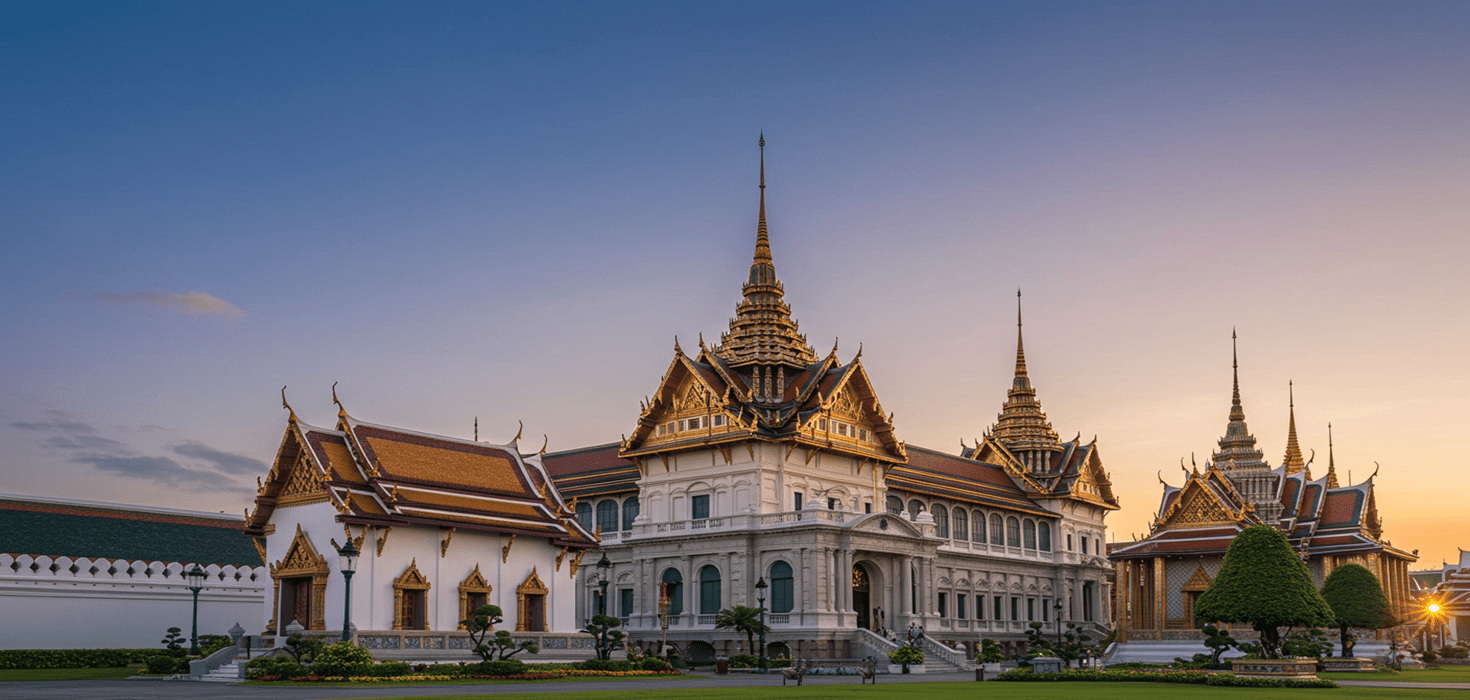Introduction
Step into the world of Kabuki, an iconic Japanese art form that has dazzled audiences for centuries! This traditional Japanese theater, rich in history and cultural significance, is a must-see during your visit to Tokyo. Kabuki is not just a performance; it’s a vibrant celebration of storytelling, music, and dance that transports you to a different time and place. With its elaborate costumes, striking makeup, and captivating narratives, experiencing a kabuki show in Tokyo is one of the most enriching cultural experiences you can have in the city.
Discovering Kabuki: The Art of Japanese Storytelling
Kabuki is a unique performance art that beautifully weaves together drama, music, and dance. Each performance is a mesmerizing spectacle, showcasing the talents of skilled actors and the intricacies of traditional Japanese theater. The stories told through Kabuki often reflect historical events, moral lessons, and the complexities of human emotions, making it a fascinating way to explore Japanese culture.
The Origins of Kabuki: A Historical Perspective
The history of Kabuki dates back to the early 17th century, originating in the Edo period. It began as a form of entertainment for the common people, performed by women who danced and sang. However, due to various societal changes, women were banned from performing, leading to the rise of all-male troupes. This shift introduced a distinctive style of performance that included exaggerated movements and elaborate storytelling techniques. Over the years, Kabuki has evolved, yet it remains deeply rooted in its original traditions, captivating audiences with its rich kabuki history and culture.
The Distinctive Features of Kabuki Performance
One of the most striking aspects of Kabuki is its costumes and makeup. Performers don elaborate outfits adorned with intricate patterns and vibrant colors, each telling a story of its own. The makeup, known as kumadori, uses bold colors and designs to represent the character’s personality and emotions, enhancing the visual spectacle. The stagecraft of Kabuki is equally impressive, featuring innovative set designs and special effects that transport the audience into the heart of the story. From the moment the curtain rises, you’ll be entranced by the artistry and skill on display, making it a truly unforgettable kabuki theater experience.
Where to Experience Kabuki in Tokyo: Top Theaters
If you’re wondering where to catch the best Kabuki shows in Tokyo, look no further! The city is home to some of the most iconic Kabuki theaters that offer a glimpse into this captivating art form.
Kabukiza Theatre: The Heart of Kabuki
At the top of your list should be the Kabukiza Theatre, located in the heart of Ginza. This historic venue is the very essence of Kabuki, showcasing performances that attract both locals and tourists alike. With its stunning architecture and vibrant atmosphere, Kabukiza is the perfect place to immerse yourself in the world of Kabuki. The theater has a rich history dating back to 1889, making it a cultural landmark that showcases the evolution of this art form. Be sure to check out the Unveiling Tokyo’s Kabuki Theater: A Cultural Odyssey for a deeper dive into its significance!
Minamiza Theatre: A Cultural Gem
Another must-visit is the Minamiza Theatre, situated in the historic district of Kyoto but worth mentioning for its renowned performances that draw audiences from Tokyo. Known for its intimate setting, Minamiza offers a unique experience where you can truly feel the energy of the performance. This theater is famous for its seasonal shows and special events, so be sure to check the kabuki performance tickets and kabuki show schedule before you go!
Planning Your Kabuki Night: Tickets and Schedules
Ready to experience the magic of Kabuki? The first step is to secure your tickets! Whether you’re a first-timer or a seasoned enthusiast, knowing how to book your Kabuki performance tickets and understanding the show schedule can make all the difference in your experience.
Kabuki Performance Tickets: Where to Buy
Getting your hands on kabuki tickets online is a breeze! Many theaters offer the convenience of purchasing tickets through their official websites. For Kabukiza Theatre, you can easily snag tickets online, ensuring you don’t miss out on popular shows. Alternatively, if you prefer the old-school way, you can buy tickets directly at the theater box office. Just remember, popular shows can sell out quickly, so it’s wise to plan ahead!
For those eager for reviews, checking out kabuki show reviews online can give you insights into which performances are worth your time. Websites like Agoda often have reviews and ratings that can help you decide which show to catch!
Kabuki Show Schedule: What to Expect
Most Kabuki performances are scheduled throughout the year, with shows typically starting in the afternoon or early evening. The kabuki performance times can vary, so it’s a good idea to check the schedule in advance. You can find detailed information on performance dates and times on theater websites or at your hotel concierge.
Keep an eye out for seasonal shows, as these often feature special themes and unique performances that showcase the rich heritage of Kabuki. If you’re visiting during a festival, you might just catch a kabuki show for tourists that highlights traditional stories with a modern twist!
Enhancing Your Experience: Tips for First-Time Attendees
Attending a Kabuki show is more than just watching a performance; it’s about immersing yourself in a cultural experience! Here are some insider tips to make the most out of your night at the theater.
Arriving Early: Interactive Exhibitions and More
Get to the theater early! Many venues, especially Kabukiza, offer interactive exhibitions before the show. You can explore the history of Kabuki, see costume displays, and even try on some traditional attire for a fun photo op. This pre-show experience adds an extra layer of excitement and helps you appreciate the performance even more!
Understanding Kabuki: Language and Etiquette
While the performances are in Japanese, you don’t need to worry about missing out on the story. Many theaters provide English subtitles, so you can follow along with the action. Familiarizing yourself with some basic kabuki audience etiquette can enhance your experience. For instance, it’s customary to applaud at the end of each act and refrain from talking during the performance. Remember to silence your phones—no one wants to hear your ringtone during a dramatic moment!
A Culinary Adventure: Dining Near Kabuki Theaters
What better way to enhance your Kabuki experience than with a delicious meal? Tokyo is bursting with culinary delights, and dining before or after a show is a fantastic way to immerse yourself in Japanese culture.
Best Restaurants Around Kabukiza Theatre
After soaking in the vibrant colors and sounds of Kabuki, treat yourself to a meal at one of the nearby restaurants. The Ginza district is home to several eateries that serve traditional Japanese cuisine, from sushi to tempura. Don’t miss out on trying a kaiseki meal, a multi-course dining experience that reflects the seasons and showcases the artistry of Japanese cooking.
Pre-Show Snacks and Drinks: Quick Bites
If you’re short on time, grab a quick bite from one of the many street vendors or casual eateries near the theater. Try some yakitori (grilled chicken skewers) or onigiri (rice balls) for a tasty snack that will keep you energized for the show. Pair it with a refreshing drink from a nearby convenience store, and you’re all set!
The Magic of Kabuki: What to Expect During a Performance
As the lights dim and the performance begins, you’ll be swept away by the stunning visuals and captivating stories of Kabuki. Here’s what to look out for during the show!
Thematic Elements of Kabuki Plays
Kabuki plays often revolve around themes of love, betrayal, and honor, drawing from historical events and folklore. The stories are rich and layered, offering a glimpse into Japan’s cultural psyche. Pay attention to the kabuki play themes as they unfold, as they often reflect the values and struggles of society.
Famous Kabuki Actors: Legends of the Stage
Throughout the decades, many famous kabuki actors have left their mark on this art form. These legendary performers are known for their unique styles and contributions to Kabuki theater. If you’re lucky, you might catch a performance featuring one of these stars, making your experience even more special!
Fun Facts and Trivia About Kabuki
Want to impress your friends with some cool Kabuki trivia? Here are a few fun facts that showcase the uniqueness of this art form:
- Kabuki was originally performed by women, but after a ban, it evolved into an all-male performance art.
- The term "Kabuki" is derived from the verb "kabuku," meaning "to lean" or "to be out of the ordinary."
- Each color in a kabuki actor’s makeup has a specific meaning, conveying the character’s emotions and traits.
Practical Information for Travelers: Your Kabuki Checklist
Ready to plan your Kabuki night? Here’s a handy checklist to ensure you have everything you need for an unforgettable experience.
Transportation Tips: Getting to the Theaters
Tokyo’s public transport system is efficient and easy to navigate. Most Kabuki theaters are conveniently located near subway stations. Make sure to check the nearest station and plan your route in advance. If you’re staying at a hotel, ask the concierge for the best way to get there!
Safety and Health Guidelines for Attendees
As with any public gathering, it’s good to be mindful of health and safety guidelines. Keep your belongings secure, and if you’re feeling unwell, consider postponing your visit. Most theaters have protocols in place to ensure a safe environment for all attendees.
Seasonal Insights: Best Times to Experience Kabuki
Each season brings its own charm to Kabuki performances. Spring often features plays about renewal and love, while autumn showcases darker themes reflecting on the past. If you’re planning your trip, look for kabuki show highlights during special festivals, as these performances often include unique adaptations and guest appearances!
Commonly Asked Questions (FAQs) About Kabuki Shows
Got questions? You’re not alone! Here are some frequently asked questions that can help you prepare for your Kabuki adventure:
- What is the typical length of a Kabuki performance? Most performances last about three to four hours, including intermissions.
- Can I take photos during the show? Photography is generally not allowed during performances to respect the artists and the audience.
- Is there a dress code for Kabuki shows? While there’s no strict dress code, smart casual attire is recommended to respect the cultural setting.
With this information in hand, you’re all set to enjoy the captivating world of Kabuki in Tokyo! Make sure to check out the latest shows and book your tickets in advance.
Experiencing Kabuki is not just about watching a performance; it’s about immersing yourself in a rich cultural tradition that has stood the test of time. From the stunning costumes to the powerful storytelling, every aspect of Kabuki invites you to appreciate the artistry and passion of this unique theater. So grab your tickets, indulge in some delicious Japanese cuisine, and prepare for a night filled with unforgettable memories!










